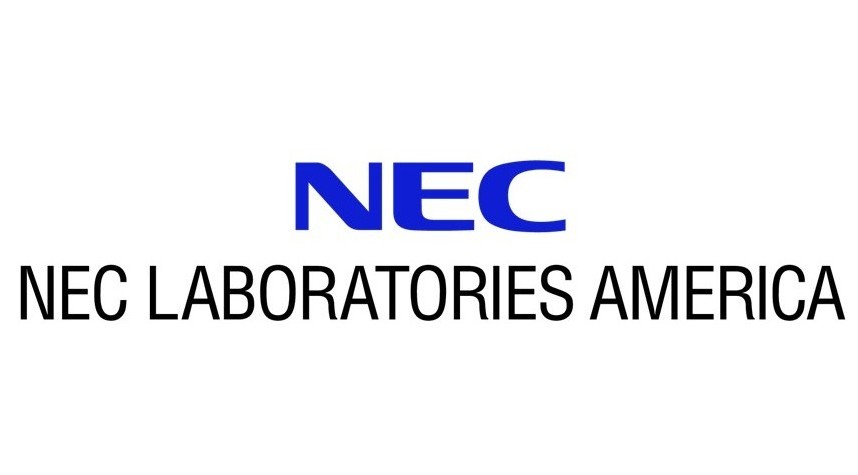Incident Diagnosing and Reporting System based on Retrieval Augmented Large Language Model
The Internet-of-Things (IoT) is widely used in many applications such as smart city, transportation, healthcare, and environment monitoring. A key task of IoT maintenance is to analyze the abnormal sensor records and generate incident report. Traditionally, domain experts engage in such labor intensive tasks. Recent advances in Large Language Model (LLM) have sparked interests in developing AI-based systems to automate these labor intensive processes. However, two critical problems hinder the effective application of LLM in IoTs: (1) LLM lacks background knowledge of deployed IoTs; and (2) the incidents are complex = events involving many sensors and components. LLM needs to understand the sensor relationships for accurate diagnosis. In this study, we propose a Retrieval Augmented language model based Incident Diagnosing and Reporting system (RAIDR) for IoT applications. RAIDR retrieves related system documents based on the incident features and leverages LLM to analyze anomalies, identify root causes, and automatically generate incident reports. The automated incident reporting process streamlines end users decision making for system maintenance and troubleshooting.

